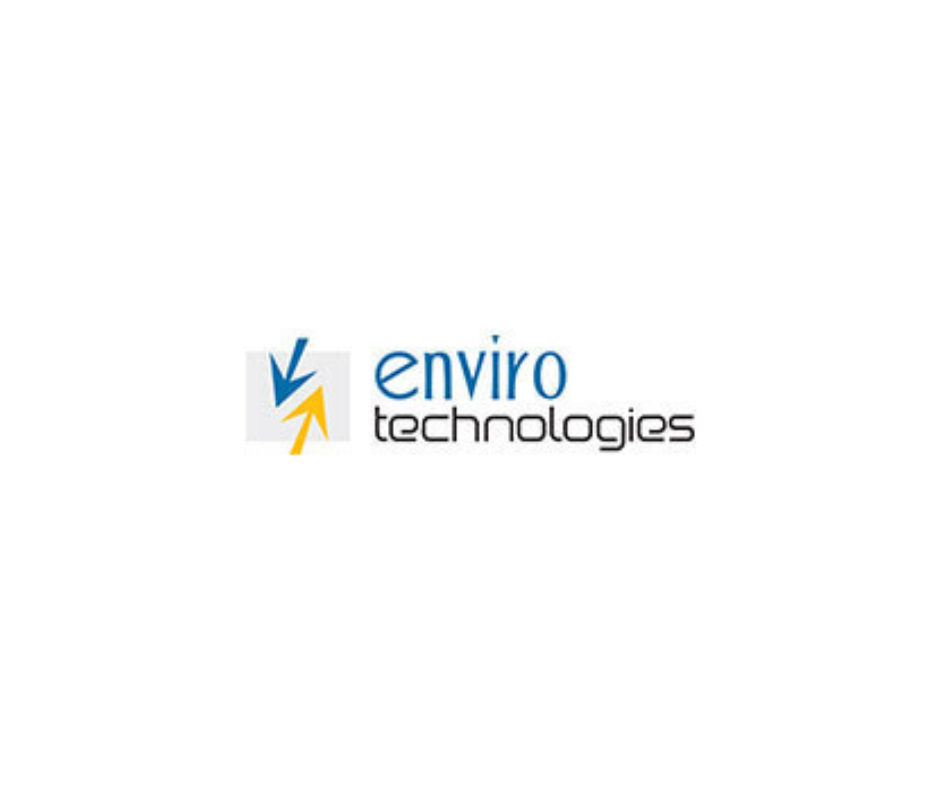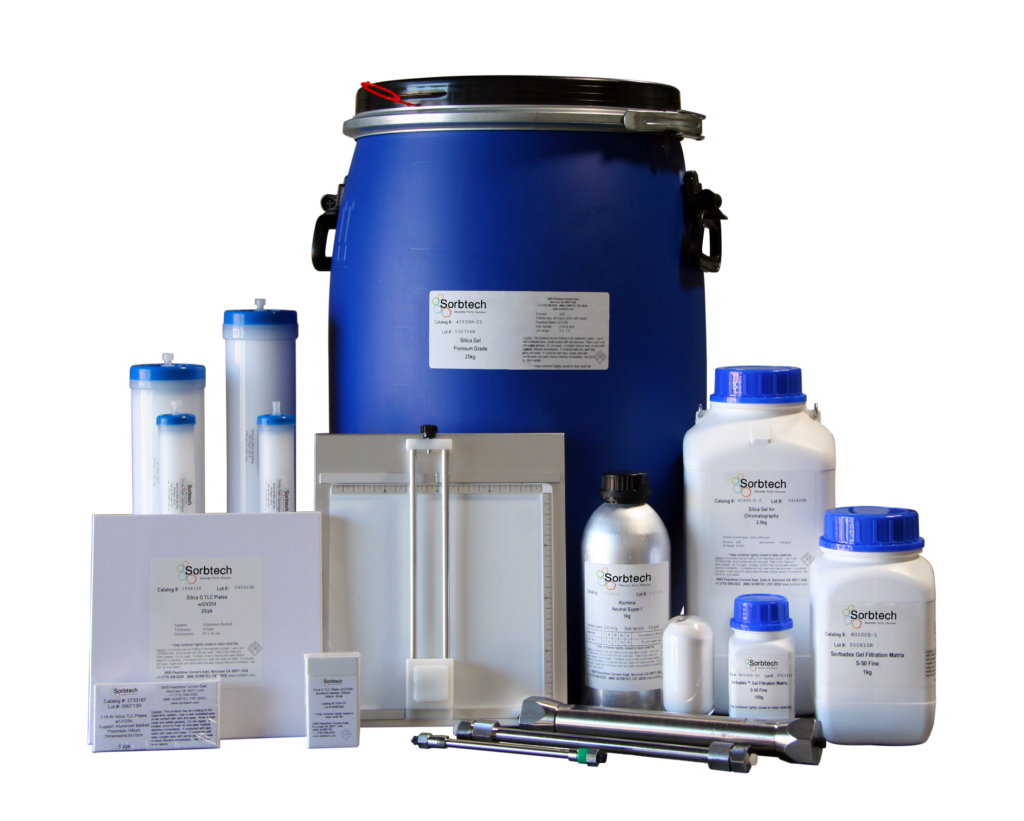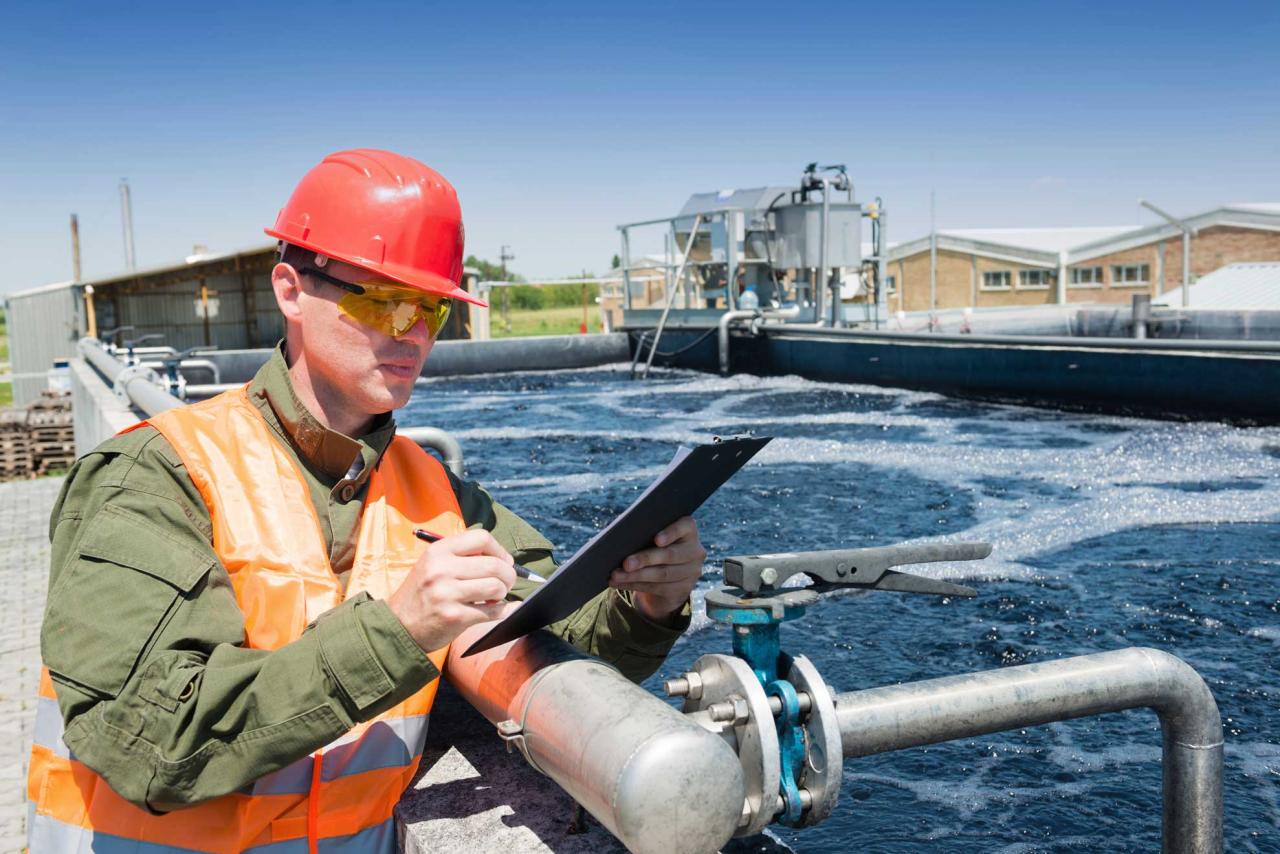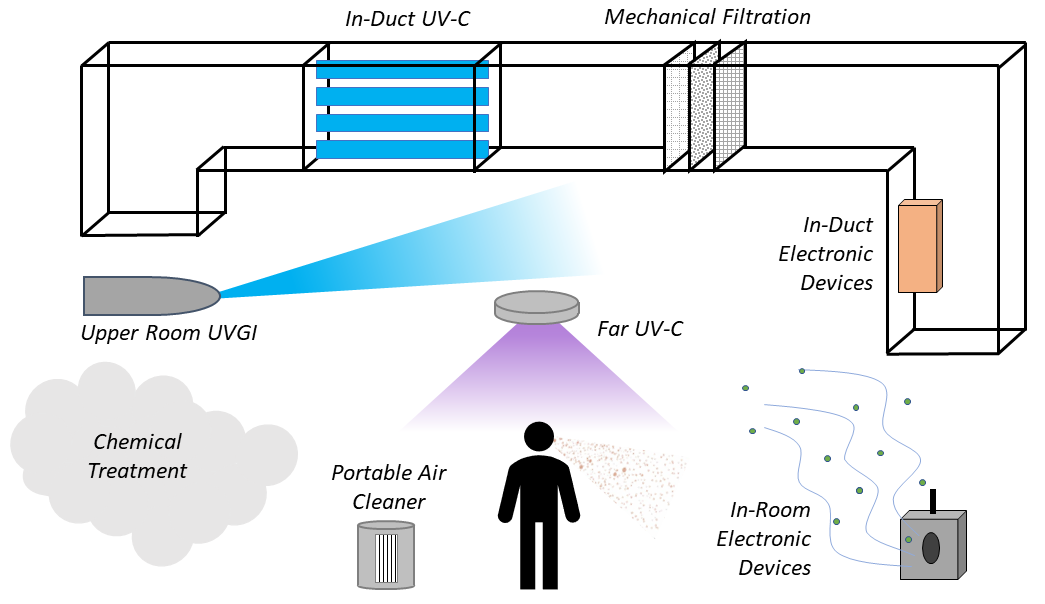Enviro Technologies: Shaping a Sustainable Future
Enviro technologies are at the forefront of addressing the pressing environmental challenges we face today. From harnessing renewable energy sources to developing innovative waste management solutions, these technologies are crucial […]

Enviro technologies are at the forefront of addressing the pressing environmental challenges we face today. From harnessing renewable energy sources to developing innovative waste management solutions, these technologies are crucial in mitigating climate change, preserving natural resources, and ensuring a sustainable future for generations to come.
This exploration delves into the evolution of environmental technologies, highlighting the historical development of key breakthroughs and examining the driving forces behind their advancement. We’ll explore the diverse range of technologies addressing energy efficiency, waste management, water treatment, air pollution control, and environmental monitoring, showcasing their potential to create a healthier and more sustainable planet.
Environmental Remediation Technologies
Environmental remediation refers to the process of cleaning up contaminated environments, such as soil, water, and air, to restore them to a safe and usable state. This is crucial for protecting human health, ecosystems, and natural resources. The goal is to remove or neutralize contaminants to reduce their harmful effects.
Bioremediation
Bioremediation leverages the power of living organisms, primarily microorganisms, to break down or transform contaminants into less harmful substances. This process is often referred to as “biological treatment.”
Microorganisms, such as bacteria and fungi, naturally possess the ability to degrade a wide range of pollutants. They utilize these contaminants as food sources, converting them into harmless byproducts like carbon dioxide, water, and biomass. This process is highly effective in breaking down organic pollutants, such as hydrocarbons, pesticides, and pharmaceuticals.
The success of bioremediation depends on several factors, including the type of contaminant, the availability of nutrients, and the environmental conditions (temperature, pH, oxygen levels). It is often employed in situ, meaning the cleanup occurs directly at the contaminated site, minimizing disturbance and reducing transportation costs.
Phytoremediation
Phytoremediation involves using plants to remove, degrade, or stabilize contaminants from the environment. Plants can absorb contaminants from soil and water through their roots, accumulate them in their tissues, and break them down through natural metabolic processes.
Different plant species have different capabilities for removing specific contaminants. Some plants, like sunflowers, are known for their ability to hyperaccumulate heavy metals, while others, like poplar trees, are effective in degrading organic pollutants.
Phytoremediation offers several advantages, including its cost-effectiveness, aesthetic appeal, and ability to remediate large areas. It is particularly suitable for treating contaminated soil and groundwater. However, the effectiveness of phytoremediation depends on factors such as the type of contaminant, plant species, and environmental conditions.
Chemical Oxidation
Chemical oxidation is a process that involves adding oxidizing agents to contaminated soil, water, or air to break down contaminants into less harmful substances. This method is effective for treating a wide range of contaminants, including organic pollutants, heavy metals, and cyanide.
The process typically involves injecting or mixing an oxidizing agent, such as hydrogen peroxide, ozone, or potassium permanganate, into the contaminated medium. These oxidizing agents react with the contaminants, breaking them down into less harmful substances.
Chemical oxidation is a relatively fast and efficient method for remediating contaminated sites. However, it can be costly, and the choice of oxidizing agent must be carefully considered to avoid potential environmental damage.
Challenges and Limitations of Environmental Remediation
Environmental remediation is a complex and challenging process. Several factors can affect the effectiveness and sustainability of remediation efforts, including:
- Cost: Remediation can be expensive, especially for large-scale projects. The cost can vary significantly depending on the type of contaminant, the remediation technology used, and the size and location of the contaminated site.
- Effectiveness: Not all remediation technologies are equally effective for all types of contaminants. The effectiveness of a particular technology depends on the specific characteristics of the contaminant and the site conditions.
- Long-term Sustainability: Remediation efforts should not only address the immediate contamination but also prevent future contamination. This requires careful planning and management to ensure the long-term sustainability of the remediation process.
- Public Perception: Remediation projects can sometimes face public opposition due to concerns about potential health risks or environmental impacts. It is important to involve the public in the decision-making process and address their concerns to ensure the successful implementation of remediation projects.
Sustainable Development and Green Technologies

Sustainable development is a multifaceted approach that aims to meet the needs of the present generation without compromising the ability of future generations to meet their own needs. This concept recognizes the interconnectedness of environmental, social, and economic factors, advocating for a balance between economic growth, social equity, and environmental protection. Environmental technologies play a crucial role in enabling sustainable development by providing solutions to environmental challenges and promoting sustainable practices.
Green Technologies and Sustainable Practices, Enviro technologies
Green technologies are innovative solutions that aim to minimize environmental impact and promote sustainability. These technologies are designed to reduce resource consumption, pollution, and waste generation, while enhancing efficiency and promoting renewable resource utilization. Several key green technologies contribute to sustainable practices, including:
- Green Building Design: Green building design incorporates sustainable principles throughout the building lifecycle, from construction to operation and demolition. This includes energy-efficient materials, renewable energy sources, water conservation measures, and waste reduction strategies. Green building certifications, such as LEED (Leadership in Energy and Environmental Design), provide a framework for assessing and promoting sustainable building practices.
- Sustainable Transportation: Sustainable transportation aims to reduce reliance on fossil fuels and minimize environmental impact through alternative modes of transportation, such as electric vehicles, public transportation, cycling, and walking. This includes the development of smart transportation systems, which optimize traffic flow, reduce congestion, and promote efficient use of infrastructure.
- Renewable Energy Integration: Renewable energy technologies, such as solar, wind, hydro, geothermal, and biomass, harness natural resources to generate electricity without emitting greenhouse gases. The integration of renewable energy sources into the energy grid helps reduce dependence on fossil fuels, mitigate climate change, and improve energy security.
Environmental Technologies and Sustainable Development Goals
Environmental technologies play a significant role in achieving the Sustainable Development Goals (SDGs), a set of 17 global goals adopted by the United Nations in 2015. These goals address a wide range of sustainable development challenges, including poverty eradication, hunger alleviation, improved health, quality education, gender equality, clean water and sanitation, affordable and clean energy, decent work and economic growth, reduced inequalities, sustainable cities and communities, responsible consumption and production, climate action, life below water, life on land, peace, justice, and strong institutions.
- SDG 7: Affordable and Clean Energy: Environmental technologies, such as renewable energy sources, energy storage systems, and energy efficiency solutions, contribute to achieving SDG 7 by promoting access to clean and affordable energy for all. Examples include solar panels powering homes in rural areas, wind farms generating electricity, and energy-efficient appliances reducing energy consumption.
- SDG 11: Sustainable Cities and Communities: Environmental technologies support sustainable urban development by addressing challenges related to waste management, air quality, water resources, and transportation. Examples include smart waste management systems that optimize waste collection and recycling, green roofs that reduce urban heat island effects, and electric buses that reduce air pollution in cities.
- SDG 13: Climate Action: Environmental technologies are crucial for mitigating climate change by reducing greenhouse gas emissions and adapting to its impacts. Examples include carbon capture and storage technologies that remove carbon dioxide from the atmosphere, sustainable agriculture practices that reduce deforestation and enhance carbon sequestration, and flood control infrastructure that protects communities from rising sea levels.
Future Trends in Environmental Technologies

The field of environmental technologies is constantly evolving, driven by the urgent need to address global environmental challenges. Emerging trends like nanotechnology, artificial intelligence, and biotechnology hold immense promise for revolutionizing our approach to environmental protection and sustainable development.
Nanotechnology for Environmental Remediation
Nanotechnology involves manipulating matter at the atomic and molecular level, enabling the development of innovative solutions for environmental challenges.
- Nanomaterials for Water Treatment: Nanomaterials like activated carbon nanotubes and graphene oxide exhibit exceptional surface area and adsorption properties, making them highly effective for removing pollutants from water. They can capture heavy metals, pesticides, and other contaminants, enhancing water quality and safety. For instance, research has shown that graphene oxide-based membranes can efficiently filter out arsenic from contaminated water, ensuring safe drinking water access for communities.
- Nanobots for Soil Remediation: Nanobots, microscopic robots, can be engineered to target and remove pollutants from soil. They can break down persistent organic pollutants, detoxify heavy metals, and promote soil health. For example, researchers are developing nanobots that can degrade harmful pesticides in contaminated agricultural lands, restoring soil fertility and reducing the risk of environmental contamination.
Artificial Intelligence for Environmental Monitoring and Management
Artificial intelligence (AI) is transforming environmental monitoring and management by providing real-time data analysis, predictive modeling, and optimized resource allocation.
- AI-Powered Environmental Monitoring: AI algorithms can analyze vast amounts of environmental data from sensors, satellites, and drones, identifying patterns and anomalies that might go unnoticed by humans. This enables early detection of pollution events, climate change impacts, and other environmental threats. For example, AI-powered systems are being used to monitor air quality in real-time, alerting authorities to pollution spikes and enabling timely interventions.
- Predictive Modeling for Environmental Management: AI models can predict future environmental conditions, helping us understand the potential impacts of climate change, pollution, and resource depletion. This enables proactive planning and mitigation strategies. For instance, AI models can predict the spread of invasive species, allowing for targeted control measures to prevent ecological damage.
Biotechnology for Sustainable Development
Biotechnology offers innovative solutions for sustainable development by harnessing the power of living organisms to address environmental challenges.
- Bioremediation for Pollution Control: Microorganisms can be used to break down pollutants in soil, water, and air. This bioremediation process offers a natural and cost-effective way to clean up contaminated sites. For example, bacteria are being employed to degrade oil spills, reducing the environmental impact of these disasters.
- Biofuel Production for Renewable Energy: Biotechnology plays a crucial role in developing sustainable biofuels from renewable sources like algae and agricultural waste. These biofuels offer a cleaner alternative to fossil fuels, reducing greenhouse gas emissions and promoting energy independence. For instance, algae-based biofuels have the potential to significantly reduce carbon footprint and contribute to a greener energy future.
Closure: Enviro Technologies
As we move forward, the development and implementation of environmental technologies are critical to creating a sustainable future. The convergence of cutting-edge advancements in fields like nanotechnology, artificial intelligence, and biotechnology holds immense promise for addressing global environmental challenges. By embracing innovation and fostering collaboration, we can harness the power of enviro technologies to protect our planet and build a more resilient and sustainable world for all.
Enviro technologies are crucial for a sustainable future, encompassing everything from renewable energy sources to waste management systems. But sometimes, even the most advanced technologies require maintenance, like with rf technologies headset repair. By ensuring these essential devices are in top condition, we can continue to rely on them to facilitate our environmental efforts and build a better world for generations to come.










